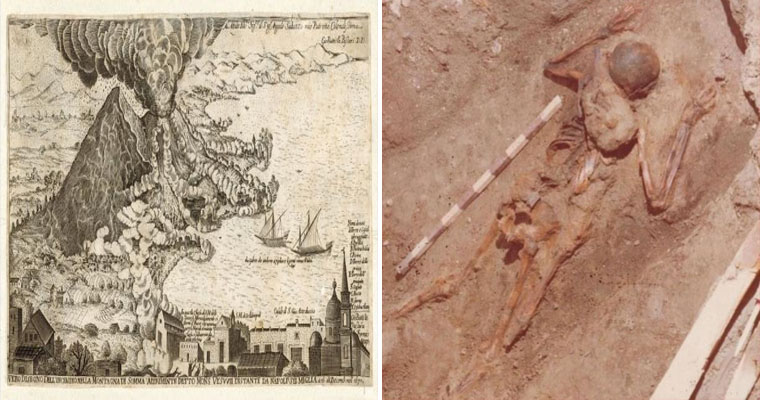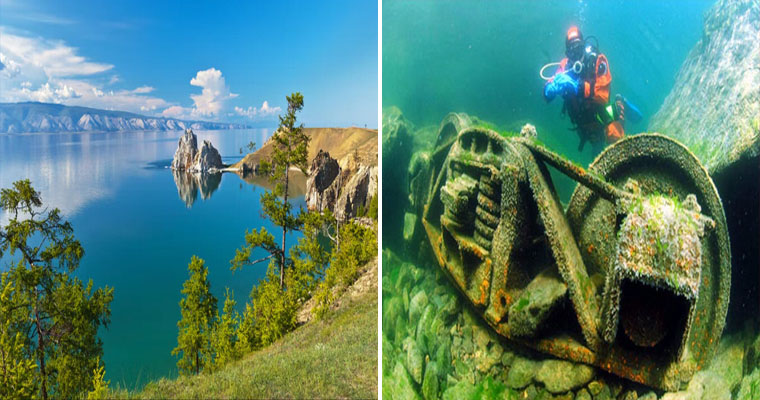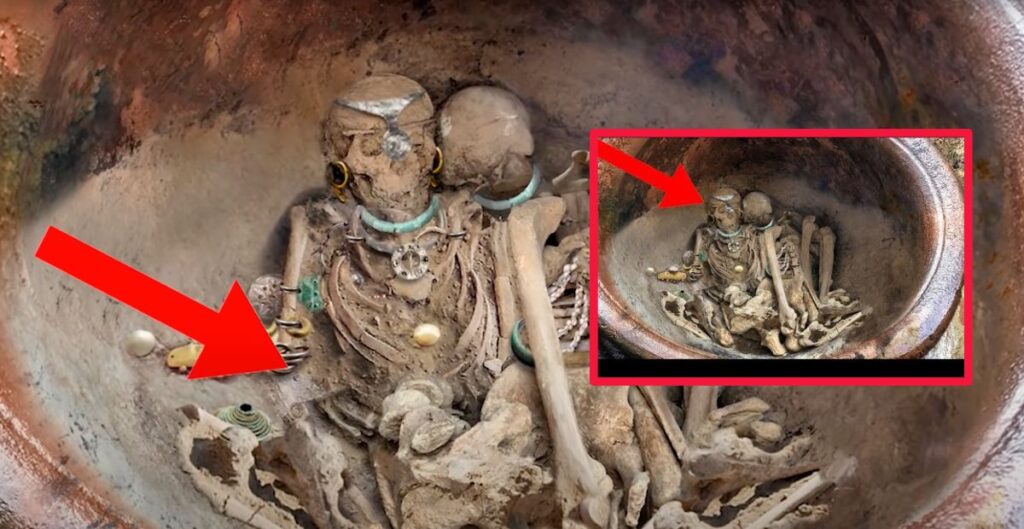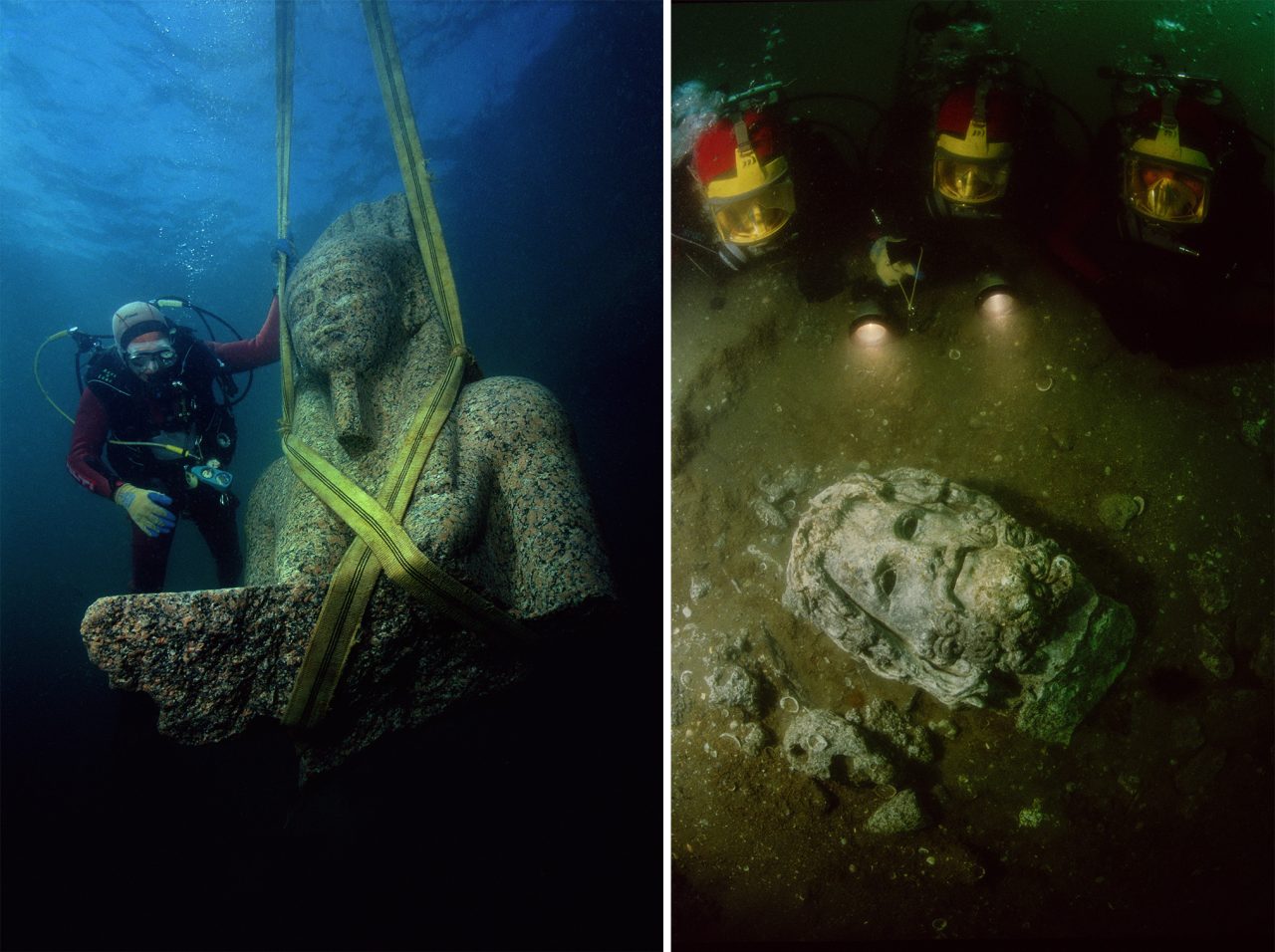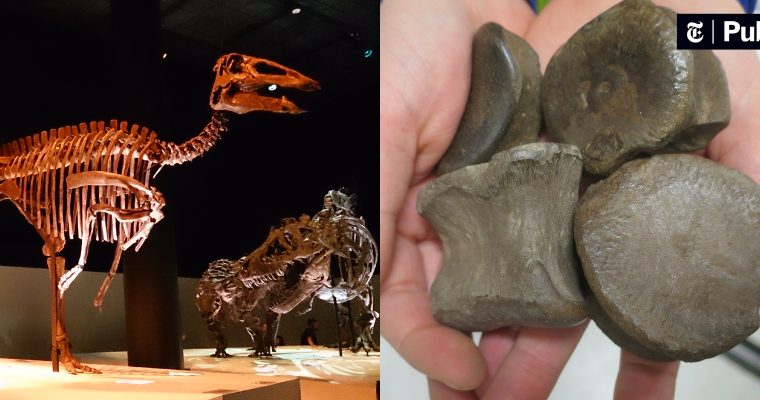A team of archaeologists has unearthed a treasure trove of ancient artifacts at the Meir archaeological site , in Qusiya, Egypt. This stunning find, located roughly midway between the bustling cities of Cairo and Aswan, boasts an array of well-preserved structures and burials containing a fascinating assortment of funerary goods.
Among the intriguing relics are coffins with skeletal remains, jewelry, pottery, and copper mirrors, offering a captivating glimpse into the lives and customs of an ancient civilization that once thrived in the region.
In a press release, Dr. Mustafa Waziri, Secretary-General of the Supreme Council for Archeology, announced the discoveries made at the Meir archaeological site in Qusiya (ancient Cusae). Meir functioned as an Old Kingdom–Middle Kingdom (c. 2300 – 1800 BC) cemetery for the nomarchs, mayors, and priests of the ancient city of Cusae, which was a cult center for the Egyptian deity Hathor. The cemetery boasts a collection of tombs hewn entirely from rock.

Meir archaeological site ( Roland Unger / CC by SA 3.0)
Dr. Mustafa Waziri highlighted the site’s importance during the Old and Middle Kingdoms as well as the Late Period (circa 660 – 330 BC). Among the fascinating finds, researchers uncovered prayers and supplications of the early saints’ inscribed in black pencil on one of the building’s walls, arranged in eight horizontal lines of Coptic script. Additionally, the presence of clay and straw shelves suggests they were likely used to store the monk’s provisions and safeguard precious manuscripts, further illuminating the rich history of this intriguing site.
Dr. Adel Akasha, head of the Central Administration of Central Egypt, has provided further insight into the discoveries at the archaeological site. He revealed that the unearthed building, situated in the upper region of the site, features a patio, multiple rooms, storage areas, and a fireplace.

Shelves were found made from clay and straw, which were likely used by monks to store religious relics. Source: Ministry of Tourism and Antiquities .
Burials, Human Remains and Funerary Goods
The excavations in the lower region uncovered numerous burials, some containing wooden coffin fragments, skeletons, and poorly preserved funerary furniture. Among these discoveries is a burial that belonged to a woman whose coffin was in a deteriorated state, with a mask, coffin pieces, and chest remnants remaining.
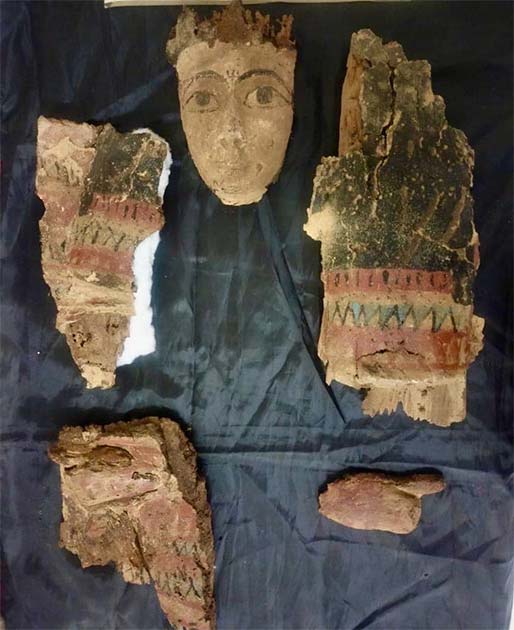
Parts from the woman’s burial include a mask, coffin and chest fragments. Source: Ministry of Tourism and Antiquities .
Additionally, archaeologists found a diverse array of pottery, blue and black engagement beads, and two copper mirrors, offering a glimpse into the funerary customs and personal belongings of the ancient people.
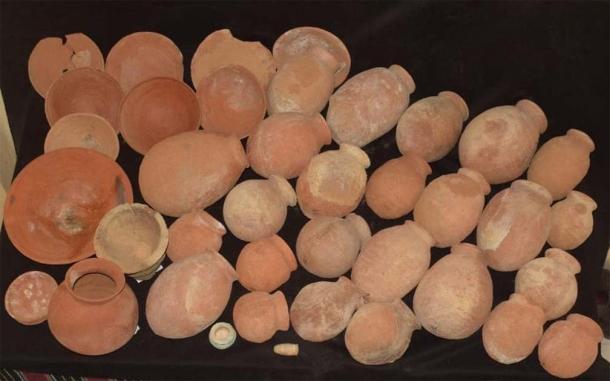
The huge array of pottery found at the Meir site. Source: Ministry of Tourism and Antiquities .
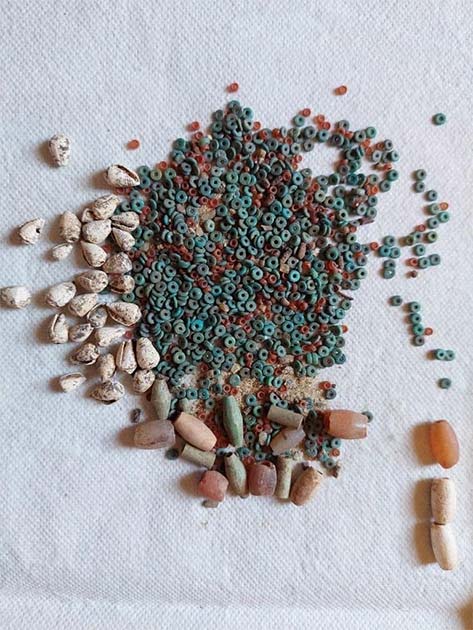
The jewelry beads found at the Meir site. Source: Ministry of Tourism and Antiquities .
The discovery at Meir has revealed an array of artifacts, including Coptic inscriptions, architectural elements, and funerary items, that offer a deeper understanding of the region’s rich cultural heritage, and sheds light on the lives, customs, and beliefs of the people in this area thousands of years ago.
Top image: A building unearthed at the Meir archaeological site. Source: Ministry of Tourism and Antiquities .
By Joanna Gillan
Source: ancient-origins.net



